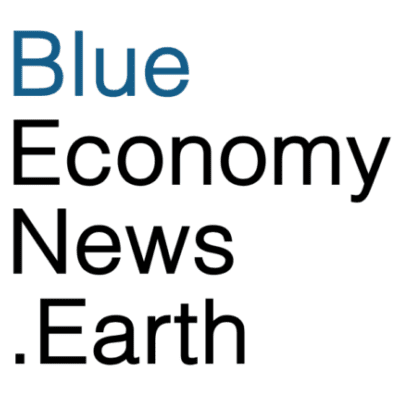Carbon Direct, in collaboration with Microsoft, have released new criteria for high-quality marine carbon dioxide removal (mCDR), which they said sets a higher standard for social impact, monitoring, durability, and environmental integrity in the rapidly evolving mCDR space.
Carbon Direct and Microsoft have worked since 2021 to develop and refine science-based guidance for carbon removal project developers and credit buyers across both established and emerging pathways. The partners said the newly released mCDR criteria come in response to advancements in the technical readiness of select mCDR technologies and recent market activity.
The new criteria establish clear guidance for meeting high-quality standards across key principles, including:
- Social harms, benefits, and community engagement
- Environmental harms and benefits
- Additionality and baselines
- Measurement, monitoring, reporting, and verification
- Durability
- Leakage
The ocean sequesters 30% of all carbon dioxide (CO2) emissions and 90% of the heat from climate change. However, excessive production of CO2, that is then absorbed by the ocean, is resulting in a chemical imbalance leading to acidification, damaging ocean health. mCDR aims to collect CO2 from the ocean, potentially helping to restore the balance. However, while considerable investment has been made in carbon sequestration, the technology has yet to prove its efficacy in turning the tide of CO2 reduction. And the focus on removing CO2, many fear, shifts responsibility away from preventing its generation and emission in the first place. It may turn out that emissions reduction and mCDR are necessary to mitigate ocean carbon.
“With rapid technological progress and increased investment, marine carbon dioxide removal has the potential to deliver durable, large-scale CO2 removal—potentially billions of tonnes per year in the coming decades,” said Brian Marrs, Senior Director, Energy Markets at Microsoft. “By establishing rigorous new mCDR criteria, we aim to help project developers build high-integrity solutions that maximize both environmental and social benefits.”
“mCDR is at a pivotal moment. Achieving high-quality outcomes requires rigorous monitoring, transparency, and scientific integrity to ensure safe and effective deployment,” said Dr. Matthew Potts, Chief Science Officer at Carbon Direct. “Given the vast spatial scale, the data-intensive nature of ocean-based carbon removal, and the deep connection between these projects and marine ecosystems, clear standards are essential for responsible development.”

